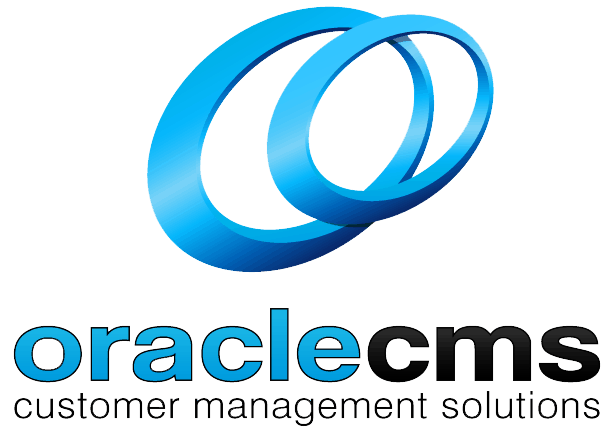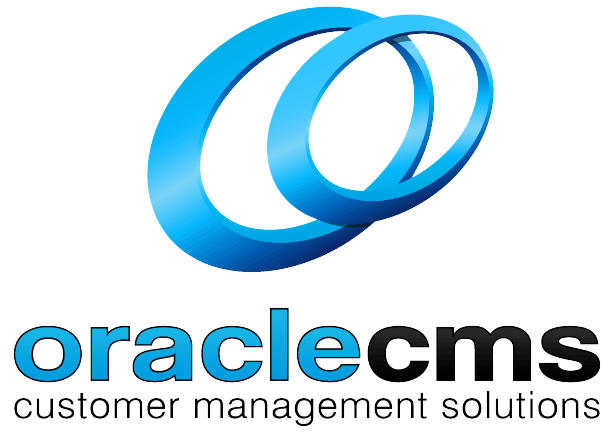
Mastering Customer Experience Management and Its Impact on Business Success
Understanding Customer Experience Management and Why It Matters
Customer Experience Management (CEM) refers to the strategies, processes, and technologies businesses use to track, oversee, and optimize customer interactions throughout their lifecycle. A strong CEM strategy enhances customer satisfaction, builds loyalty, and drives revenue growth.
Many businesses mistake customer experience for customer service, but the two are distinct. While customer service refers to direct support interactions, customer experience (CX) encompasses the entire journey a customer has with a brand—from marketing and sales touchpoints to product use and ongoing support. Businesses that invest in CEM gain a competitive advantage by delivering seamless, personalized experiences that keep customers engaged and satisfied.
Customer Experience vs. Customer Service: What’s the Difference?
Understanding the difference between customer experience and customer service is crucial for businesses looking to implement a strong CEM strategy. Customer service is a reactive process—it deals with specific issues when a customer needs support. Customer experience, on the other hand, is proactive and strategic—it involves shaping every touchpoint to create a seamless, enjoyable interaction for customers.
A well-rounded CEM strategy ensures that customers receive not only great service but also an engaging brand experience. This means businesses must go beyond simply answering customer inquiries and focus on creating meaningful interactions that foster loyalty and long-term satisfaction.
How Customer Experience Management Drives Business Growth and Loyalty
Customer experience plays a pivotal role in determining whether a business thrives or struggles. Organizations with a strong CEM strategy experience higher customer retention, increased revenue, stronger brand reputation, and a competitive advantage. Satisfied customers are more likely to stay loyal, refer others, and spend more over their lifetime. Studies indicate that even a small increase in customer retention can have a significant impact on profitability, making CXM an essential investment for any business.
CXM vs. CRM: How They Work Together
While Customer Experience Management (CXM) and Customer Relationship Management (CRM) are often confused, they serve different purposes. CXM focuses on enhancing customer interactions and perceptions, while CRM is primarily concerned with managing relationships and sales data. The two should work together, with CRM tools supporting CX initiatives by providing valuable customer insights that enable personalized engagement. By integrating CXM and CRM, businesses can create a more seamless, data-driven approach to customer interactions.
Key Elements of a Successful Customer Experience Strategy
A strong CXM strategy is built on several core elements. Businesses should focus on customer journey mapping, ensuring every stage of the customer experience is optimized. Personalization, powered by AI-driven insights, helps tailor interactions based on customer preferences. Providing omnichannel support ensures seamless experiences across multiple platforms, while gathering real-time customer feedback allows businesses to identify areas for improvement. Additionally, investing in employee training and maintaining data security are critical to sustaining a high-quality customer experience.
The Role of Employee Engagement in CXM Success
Customer experience is heavily influenced by employee engagement. Businesses that prioritize employee satisfaction often see a direct impact on customer happiness. Engaged employees are more likely to provide exceptional service, leading to better customer interactions. Companies can foster employee engagement by offering comprehensive training, creating a culture of customer-centricity, and ensuring internal communication flows effectively between teams. When employees feel empowered, they are more motivated to enhance customer experiences.
CX Teams and Their Role in Business Success
A dedicated CX team plays a crucial role in ensuring customer experience improvements are continuously tracked, measured, and optimized. Key roles within a CX team include a Chief Experience Officer (CXO) to oversee strategy, CX managers and analysts to monitor customer feedback, customer success specialists to support engagement, and marketing and sales teams to align messaging. Having a strong CX team enables businesses to stay ahead of customer expectations and proactively address pain points.
The Role of Technology in Enhancing Customer Experience
Technology is a driving force behind modern CXM. AI-powered personalization enables businesses to tailor recommendations and predictive insights for individual customers. Sentiment analysis tools provide real-time feedback on customer satisfaction, helping businesses refine their strategies. Automation and chatbots improve efficiency by handling routine inquiries, reducing wait times, and enhancing self-service capabilities. An effective CX strategy integrates these technological solutions to streamline operations and deliver exceptional customer experiences.
Data Privacy and Security in CXM
With increasing cybersecurity threats and data breaches, businesses must prioritize customer data protection as part of CXM. Regulatory compliance with privacy laws such as GDPR and CCPA is essential to maintaining customer trust. Businesses should implement secure data storage, encryption, and transparent communication about data usage. A well-executed CXM strategy balances personalization with robust security measures, ensuring customers feel confident that their information is protected.
Challenges in Customer Experience Management and How to Overcome Them
Despite its benefits, businesses face several challenges when implementing a CXM strategy. One common issue is siloed data, which can be addressed by integrating CRM and CX platforms for seamless data sharing. Lack of omnichannel support can lead to customer frustration, so investing in multi-platform communication tools is crucial. Customer churn often results from poor engagement, which can be mitigated by leveraging AI-powered personalization and sentiment analysis. Finally, measuring CX ROI can be difficult, but tracking key performance indicators such as customer satisfaction scores (CSAT) and Net Promoter Scores (NPS) helps businesses link CX improvements to business outcomes.
Final Thoughts on Elevating Customer Experience for Long-Term Success
Customer Experience Management is no longer a luxury—it’s a necessity in today’s competitive landscape. Businesses that prioritize CXM gain a long-term competitive advantage, enhance customer satisfaction, and drive sustainable revenue growth. By focusing on customer journey optimization, omnichannel engagement, AI-driven personalization, employee training, and data security, organizations can build resilient, customer-first brands that foster loyalty and trust.
Investing in CXM today ensures that businesses remain future-ready and capable of delivering experiences that keep customers coming back.
Frequently Asked Questions
Q1. What is Customer Experience Management (CEM)?
A1. Customer Experience Management (CEM) is the practice of designing and optimizing customer interactions across all touchpoints to enhance satisfaction, build brand loyalty, and drive business success.
Q2. Why is Customer Experience Management important for businesses?
A2. CEM helps businesses improve customer retention, increase revenue, and differentiate themselves from competitors by delivering seamless and engaging experiences that foster long-term relationships.
Q3. How does Customer Experience Management differ from Customer Service?
A3. While customer service focuses on resolving issues and providing support, CEM encompasses the entire customer journey, including marketing, sales, onboarding, and post-purchase interactions, ensuring a consistent and positive experience.
Q4. What are the key elements of a strong Customer Experience Management strategy?
A4. A strong CEM strategy includes customer journey mapping, AI-driven personalization, omnichannel engagement, real-time feedback analysis, employee training, and data security to create a customer-first approach.
Q5. How can businesses measure the success of their Customer Experience Management efforts?
A5. Businesses can track CEM success using key performance indicators (KPIs) such as Net Promoter Score (NPS), Customer Satisfaction Score (CSAT), Customer Effort Score (CES), and retention rates to evaluate customer engagement and experience quality.[/vc_column_text][/vc_column][/vc_row]


